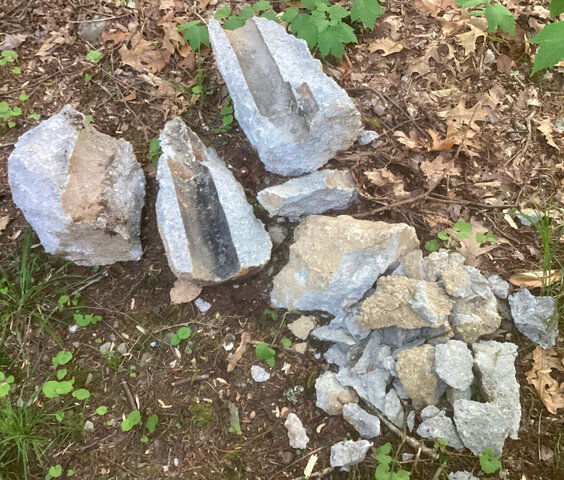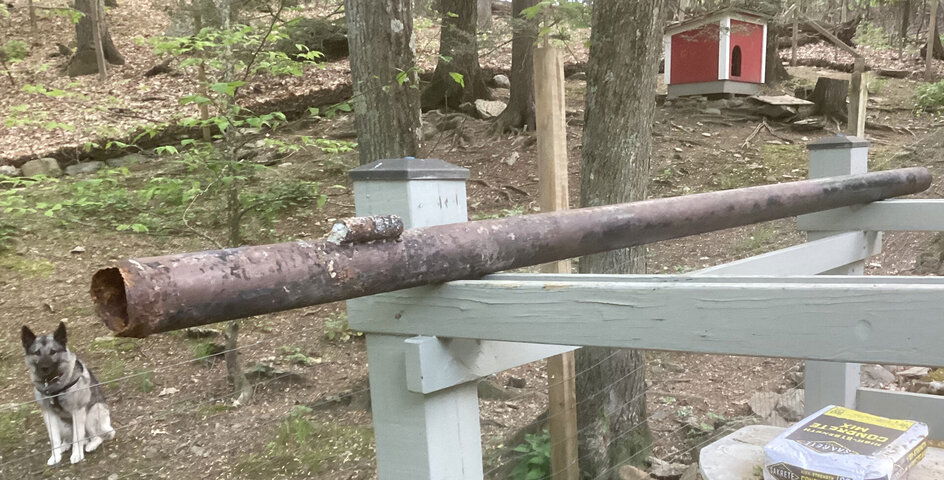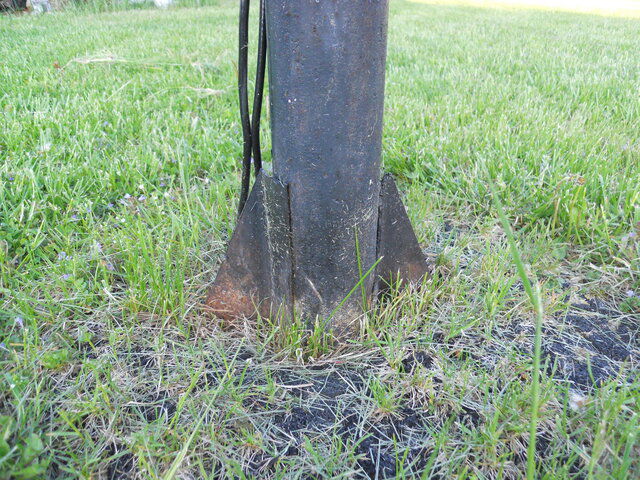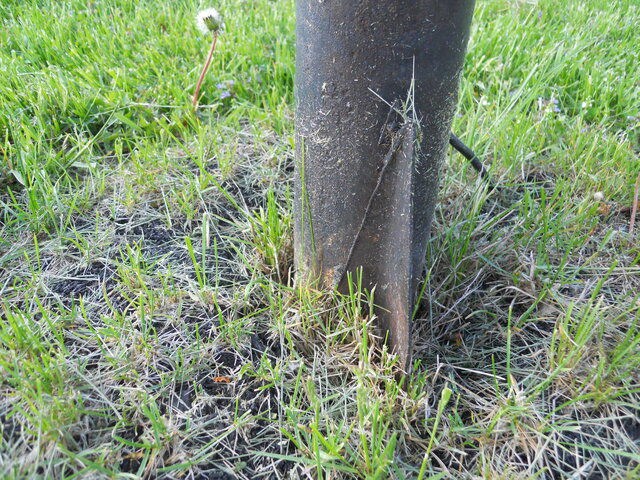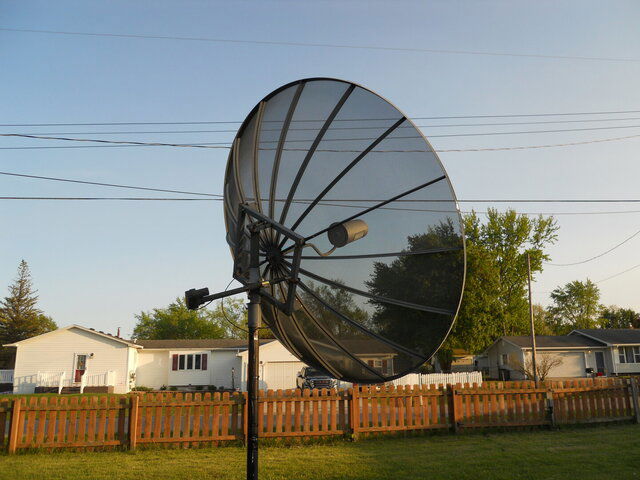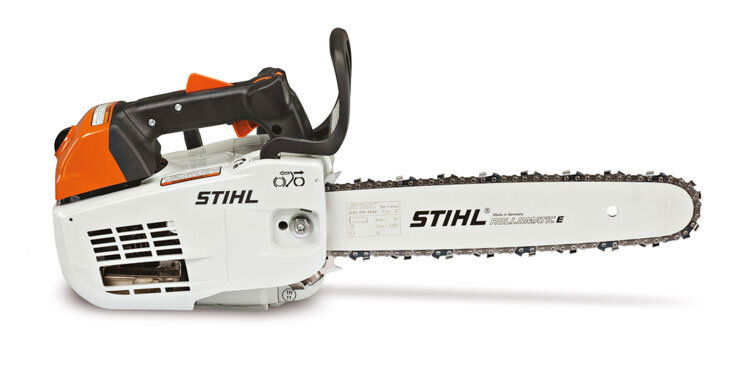If you just buy one and "get it over with" What is learned form that exercise? What is learned by not following those instructions?As Brian stated earlier, the 5G map doesn't tell the whole story. In our case the problem is the usage of a particular part of 5G (Band N77 from 3700 to 3800). There are numerous other bands that 5G can use besides N77 that won't interfere with satellite reception.
However, the only real test is to try an unfiltered LNBF and see if it works. If it doesn't you will have to buy another LNBF (a filtered one). If it was me, I would just buy a filtered LNBF and get it over with.
Found a C band dish.Now what?
- Thread starter ILoveSats
- Start date
- Latest activity Latest activity:
- Replies 45
- Views 7K
You are using an out of date browser. It may not display this or other websites correctly.
You should upgrade or use an alternative browser.
You should upgrade or use an alternative browser.
To quote one of your prior posts, "It doesn't make sense to spend time and money in vain when you can overthink things first to ensure you have alleviated as much of the downside beofre arriving to a final decision."If you just buy one and "get it over with" What is learned form that exercise? What is learned by not following those instructions?
You could absolutely try an unfiltered LNBF exactly as N6BY stated although what is being suggested is to skip that step and get a new LNBF with 5G filter instead of wasting time and money on an unfiltered LNBF and then finding out you need one with a 5G filter. Perhaps you might have a look at Lyngsat and see what feeds/channels below 3800Mhz are within your LOS to assist in your decision process. You asked for opinions so you are getting them. The unknown is if there is any 5G interference in your area, but I agree with N6BY in that if you are going to purchase a new LNBF, it makes sense to get one with a 5G filter.
The previous owner of the dish I received allowed me to take the mounting pole. The pole measures ten feet and one inch. With it came a blob of concrete at one end and boy was it heavy to move alone and get into the car. Over the weekend I took a 5 pound hammer and chisel and pecked away at it. After half an hour I was only able to break off small pieces and lose 10 pounds in sweat. I decided to get a sledge hammer and I struck at the very top of the concrete block and wham-o it broke right down the center in two pieces. What luck!
I discovered at the end of the pole that was mounted in the conrete some sort of round cylinder that was filled with concrete but welded to the pole. Does anyone know the purpose of this piece and what it does or serves as?
By the way, in one post the OP stated that such a pole costs over $500.00. I find that hard to believe as I seen some for $250.00. Regardless, what is the value of something like this?
I discovered at the end of the pole that was mounted in the conrete some sort of round cylinder that was filled with concrete but welded to the pole. Does anyone know the purpose of this piece and what it does or serves as?
By the way, in one post the OP stated that such a pole costs over $500.00. I find that hard to believe as I seen some for $250.00. Regardless, what is the value of something like this?
Attachments
Could it be for anti-rotation of the pole in the ground? With these BUDS, they are so large and the huge wind load they can take, the entire pole could rotate in the ground, in the concrete without a anti-rotation measure. I welded 2 foot blades on my pole before i concreted it in to make sure the pole would not rotate. These blades go down into the concrete.I discovered at the end of the pole that was mounted in the concrete some sort of round cylinder that was filled with concrete but welded to the pole. Does anyone know the purpose of this piece and what it does or serves as?
Attachments
Well this is certainly interesting to learn! In my case, I think I have more chances of a tree falling on my dish then high speed winds twisting it...Could it be for anti-rotation of the pole in the ground? With these BUDS, they are so large and the huge wind load they can take, the entire pole could rotate in the ground, in the concrete without a anti-rotation measure. I welded 2 foot blades on my pole before i concreted it in to make sure the pole would not rotate.
Similar threads
- Replies
- 9
- Views
- 518
- Replies
- 19
- Views
- 545
- Replies
- 5
- Views
- 1K
- Replies
- 8
- Views
- 1K
Users Who Are Viewing This Thread (Total: 0, Members: 0, Guests: 0)
Who Read This Thread (Total Members: 91) Show all
- ILoveSats
- one_db_compression
- sat_cat_25
- Ken19
- k4otl
- Long Hair
- Savone59
- James leandre
- moonkings
- ToxaMan
- mr_rye89
- N5MBM Bill
- gabewinches
- JohnnyDobber
- sanpat
- Fatboy711
- lme
- Satfaca
- OswaldFTA
- MikeI
- cyberham
- Pamela_27
- Elsguy
- up north
- MissouriXSeal
- SatPhreak
- JFOK
- phlatwound
- Mr_Dc2tracker
- ssj925
- primestar31
- norman881
- armadillo_115
- Brct203
- FTA4PA
- Titanium
- a33
- stecle
- mc6809e
- waylew
- clucas
- juventusbrown
- catamount
- goodmi
- SDA_FL_USA
- Hyper Casey
- brice52
- sgs
- mr3p
- orac
- oldsmobile
- Tanic
- Rainman21
- Keith Brannen
- Arion
- Cobra
- DRCars
- stogie5150
- anto@
- N6BY
- Lee60



